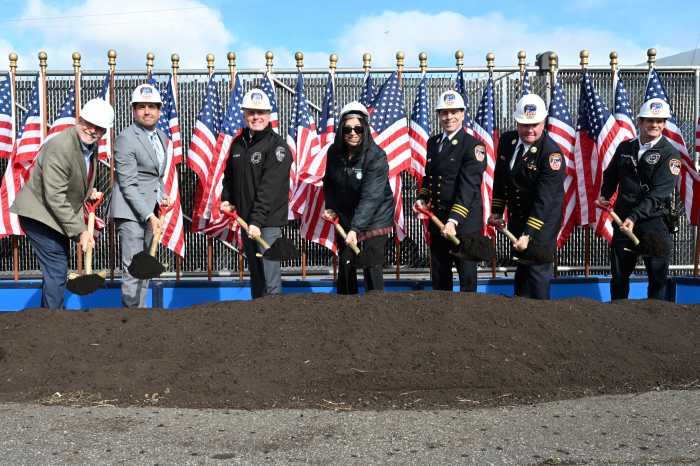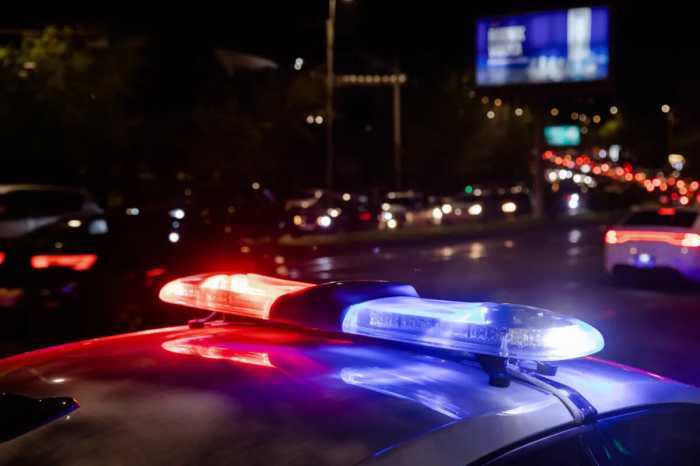New York City is preparing to implement the long-awaited Central Business District Tolling Program – commonly referred to as congestion pricing – which provides the City with a generational opportunity to reimagine transportation in New York.
As a member of Congress representing the Central Business District in Manhattan and a significant portion of Brooklyn, and as the Borough Presidents for Manhattan and Brooklyn, we have been at the forefront of extolling the virtues of congestion pricing – reduced congestion, improved air quality, safer streets, and badly needed funding for public transit — , while it moved through the federal review process, the Traffic Mobility Review Board, and finally the MTA board to determine the final toll structure.
But as we prepare for implementation and look forward to the long-term benefits congestion pricing will bring, we also have an obligation to alleviate the burdens it may place on some of the working-class communities we represent.
That responsibility should include expanding the fare-free bus pilot program and increasing bus service frequency and reliability in this year’s State budget.
Congestion pricing’s promise of a safer, cleaner, more efficient New York is premised on our ability to invest commensurately in the future of our city’s mass transit system. One effective way to do that is to appropriate $90 million in this year’s budget to expand the fare-free pilot program and invest in bus frequency and service reliability improvements. Both houses of the State legislature included this appropriation in their one-house resolutions, and we urge the Governor and both houses to continue to work towards a budget agreement that makes bus service in New York City more affordable and accessible.
The $90 million is split into two equally important buckets. Half of it – $45 million – will expand the number of fare-free routes from one to five lines in each borough. As the cost of living remains exorbitant and driving becomes more expensive, we must make it cheaper to take public transit. The benefits of free buses are manifold: speeding up travel times, connecting divided communities, improving safety, and increasing access to essential services.
The other $45 million will go toward increased bus service frequency and reliability. New York City has some of the slowest buses in the country, and funds to increase frequency and reliability will provide dedicated attention to improving these metrics so that riders don’t have to wait a long and often unpredictable amount of time for the bus to arrive at their stop. For our public transportation system to be truly accessible and a consistently viable alternative to cars, New Yorkers who rely on the bus must have confidence that it can get them to work or to their appointments on time, every time.
The initial fare-free pilot program, launched last year with one line in each borough, has been an incredible success, increasing ridership on the pilot bus lines by as much as 20 percent, according to estimates. It is of paramount importance that we replicate this success and expand access to mass transit, connecting communities to and within the Central Business District in particular.
Congestion pricing will not be a panacea for the various ills of public transportation in New York. But it provides us with a unique opportunity to make investments that will significantly improve our ability to get around our great city. Congestion pricing and expanding access to transit must go hand-in-hand. That strategy was at the core of London’s successful congestion pricing implementation decades ago – the city increased bus service by 17 percent before it implemented its congestion pricing program. New York must now follow suit.
Governor Hochul and the State Legislature have the opportunity to make this year’s budget a roadmap for the future of mass transit in our city. We hope they seize it.
Read more: Op-ed on Redirecting Youth Toward Safer Futures in NYC








































